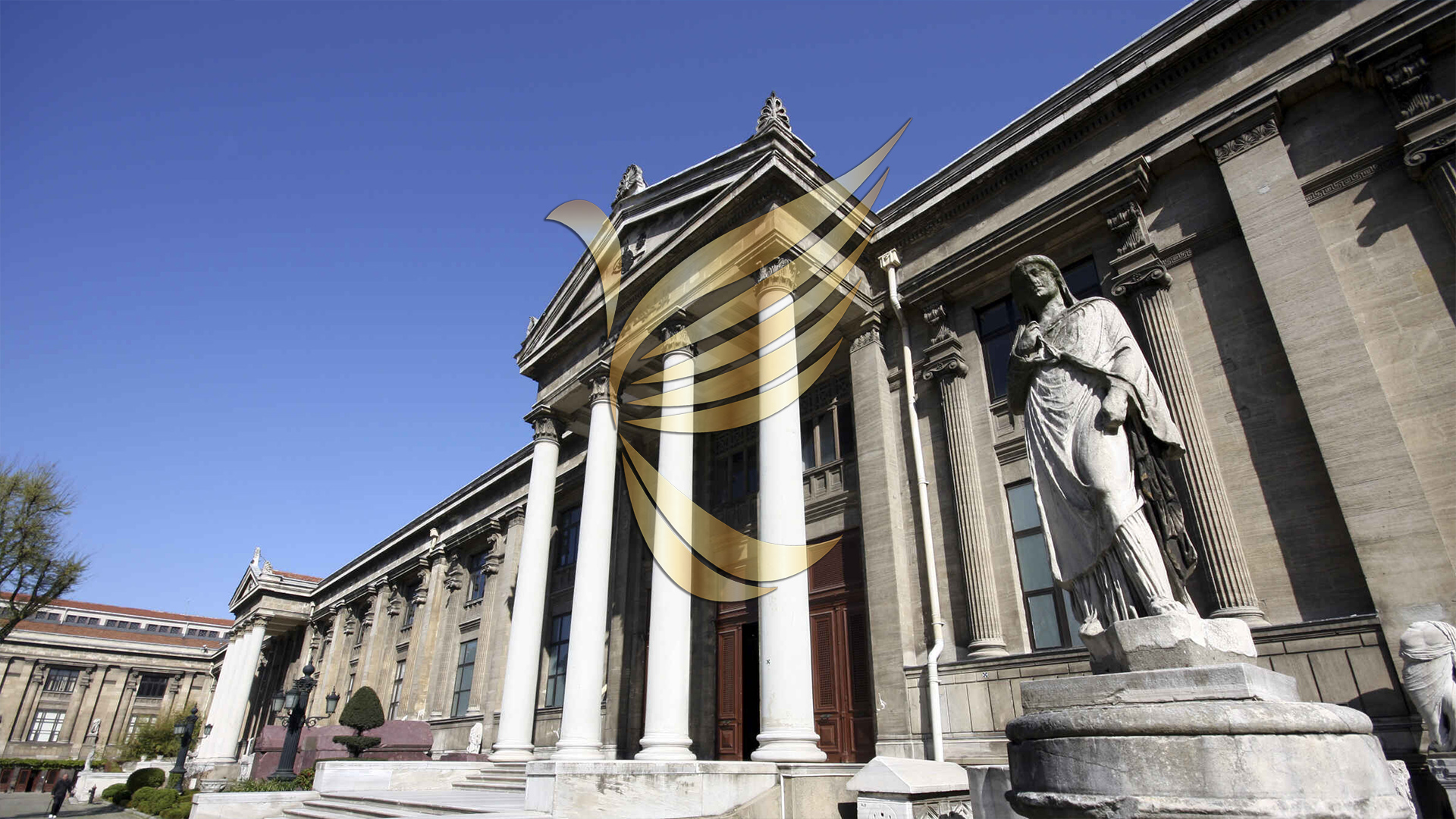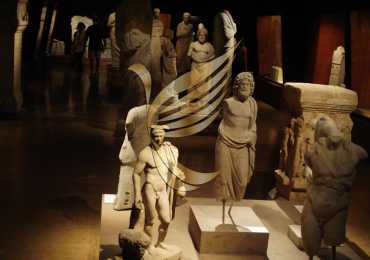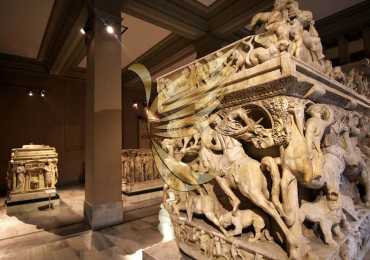
Istanbul Archaeology Museum
Istanbul Archaeology Museum is that the first institution in Istanbul and Turkey designed as a museum. It’s also marked joined of the ten most significant world-class museums designed and used as a fanatical museum building. So as to know this unique culture, it’s highly recommended to create a journey within the corridors of the Archaeology Museum and trace the remains of ancient civilizations from Archaic Era to the Roman Era and geographic region to the Turkish Empire. Istanbul Archaeology Museum consists of two separate buildings. The primary Building (Old Building)
 Its building was begun in 1881 by Osman Hamdi Bey so with the additions in 1902 and 1908 it absolutely was completed. It absolutely was built by Alexander Vallaury. The outside section of the structure was completed by inspiring from the İskender Tomb and Crying Women tombs reflecting a good looking example of neoclassical constructions in Istanbul.
Its building was begun in 1881 by Osman Hamdi Bey so with the additions in 1902 and 1908 it absolutely was completed. It absolutely was built by Alexander Vallaury. The outside section of the structure was completed by inspiring from the İskender Tomb and Crying Women tombs reflecting a good looking example of neoclassical constructions in Istanbul.
Up stairs of the 2 storeyed building it’s found pots, small stone works and pans, small terracotta statues, the Treasure Department and approximately 800.000 Ottoman coins, seals, decorations, medals and Non-Muslim and Muslim Coin Cabinets, during which coin moulds were kept, and a Library including approximately 70.000 books. On the underside floor parts of the structure, famous tombs are exhibited like Crying Women Tomb, İskender Tomb, Satrap Tomb, Lykia Tomb, Tabnit Tomb located within the Sayda king graveyard.
At down floor, apart from the exhibitions of tombs, there’s ancient period statuary displayed in a very place found statues and relics from important antic cities and regions. during this display, the event of the art of statuary to the Byzantium Period from the Archaic Period is showed in chronological order with outstanding samples.
Additional Building (New Building)
Attached to the southeast of the most building, the extra building consists of six flats. Storages under the bottom floor are taken place within the two flats. The four flats of the building are organised as exhibition halls. On the most floor of the development there’s an inscription “Istanbul for Ages”, “Anatolia and Troia for Ages” on the second floor and “Surrounding Cultures of Anatolia: Cyprus, Syria-Palestine” on the highest floor. There’s Infant Museum and architectural works show on the primary floor of the extra building. The Thrakia-Bithynia and Byzantium exhibit the hall, which was opened in August 1998, may be visited on the ground with the name of “Surrounding Cultures of Istanbul”. The museum has received the eu Council Museum Award in 1991, which is its 100. Establishment Anniversary, with the new arrangement made within the lower floor halls and also the Additional Building display.
Old Eastern Works Museum
Built by Osman Hamdi Bey in 1883 as Sanayi-i Nefise (Fine Arts School), the building, which was regulated as a museum with the works made between 1917-1919 and 1932-1935. The building, which was closed for visits in 1963, was reopened again in 1974 with a replacement display by changing the inner parts.
On the upper floor of the two-storey building, Anatolian, Mesopotamian, Egyptian and Arabic works of art are exhibited. Statue of Naramsin, the king of Akad, the Kadeş Agreement and Zincirli statue are the unique works of art within the museum. Moreover, during this museum there’s a “Tablet Archive” including 75.000 documents with cuneiform writings.
Enameled Kiosk Museum
Built by the order of Fatih Sultan Mehmet in 1472 , the kiosk is one amongst the oldest structures of Ottoman architecture style in Istanbul. It’s been used as Müze-i Hümayun (Empire Museum) in between 1875-1891. it absolutely was opened to public in 1953 with the name of Fatih Museum where Turkish and Islamic works of art were showed and it had been moved to Istanbul Archaeology Museums thanks to its settlement.
The entrance a part of the kiosk is single-flat and also the back part is of two-flatted. There’s a marble porch with 14 columns within the entrance. the doorway yard is ornamented with mosaic enamels. Various porcelains and ceramics belonging to the Seljuk and Ottoman period are exhibited within the Kiosk that composes of 6 rooms and a middle hall. Approximately 2000 works of art are found within the museum and its stores.
As Rani Travel family, we serve with our successful team to give you an incredible travel experience. In our guided tour, you can have more information that is not covered in our article. Enjoy the best guided tour of Turkey. We recommend you to review our page for Turkey tour packages. You will always contact us for more detailed information.



